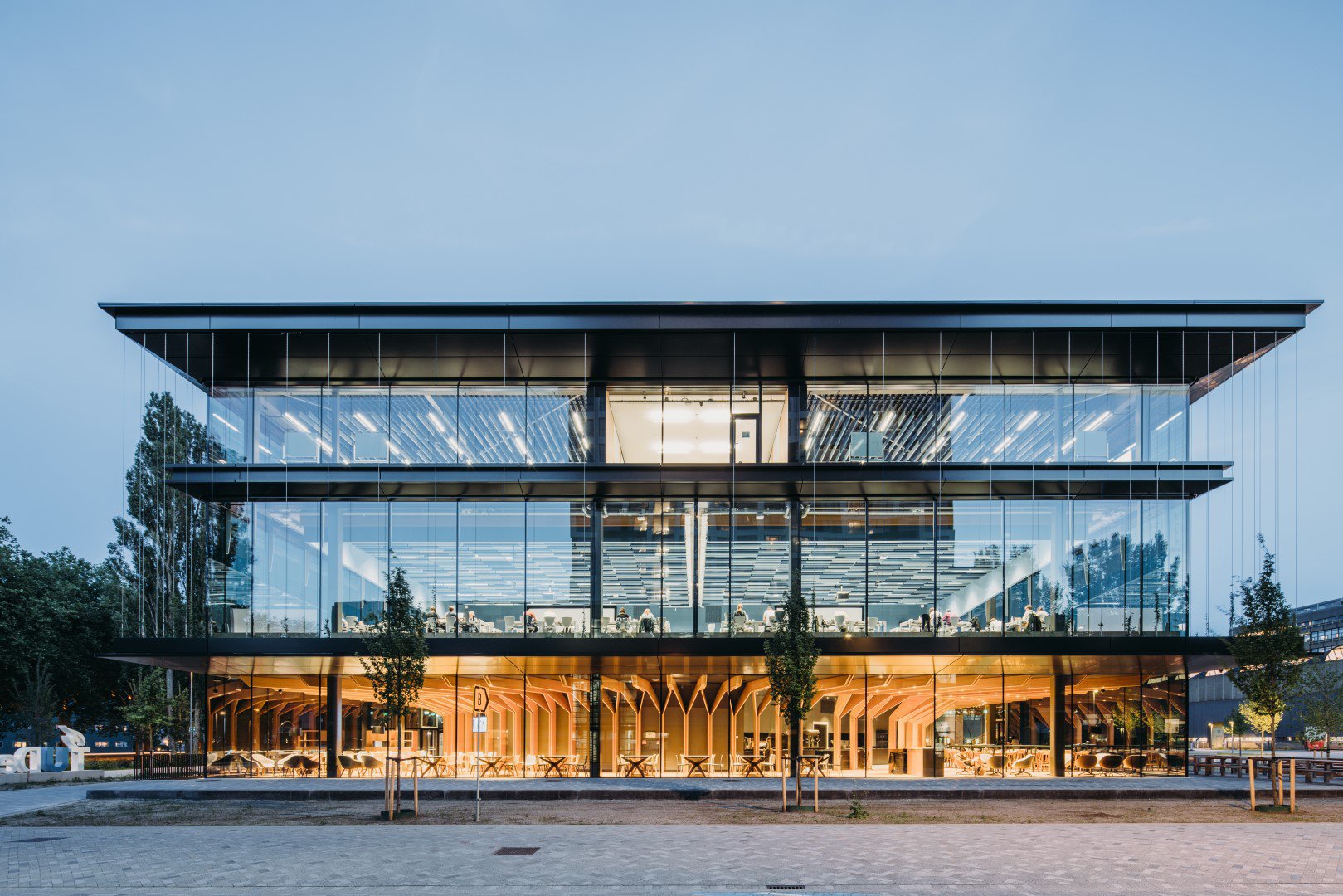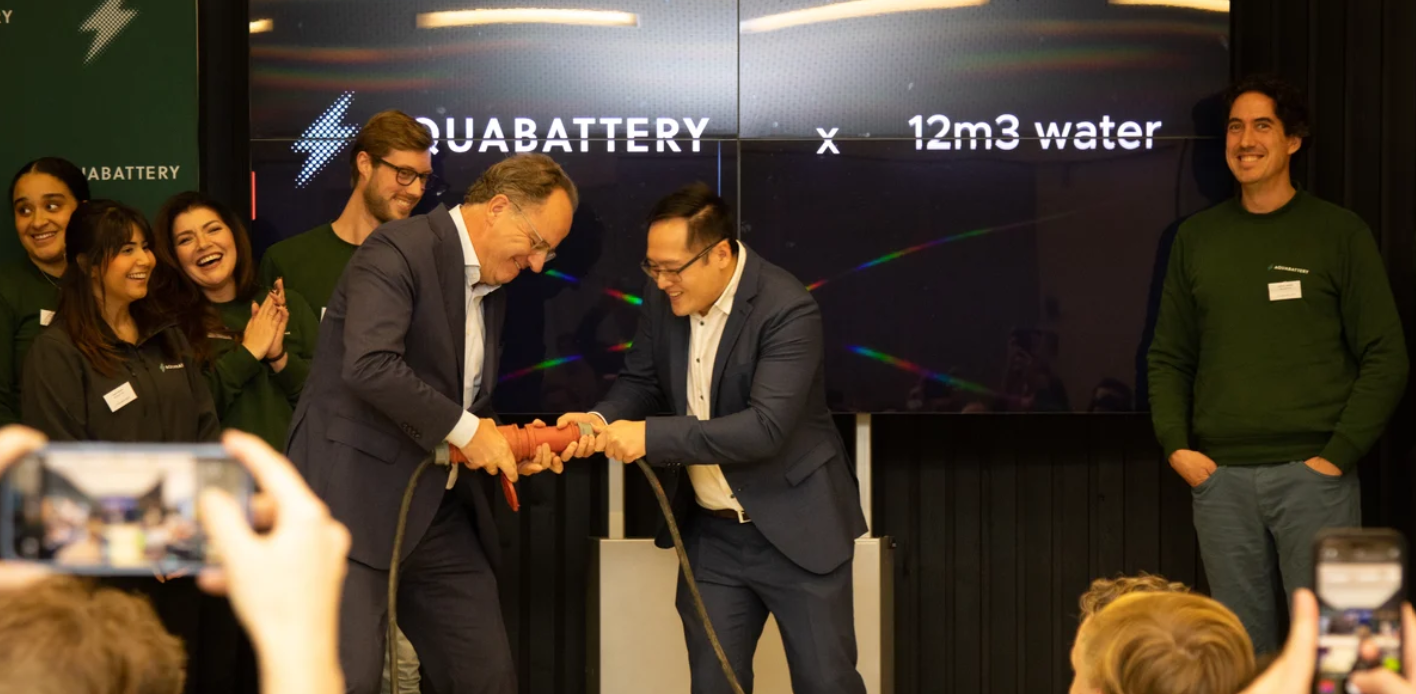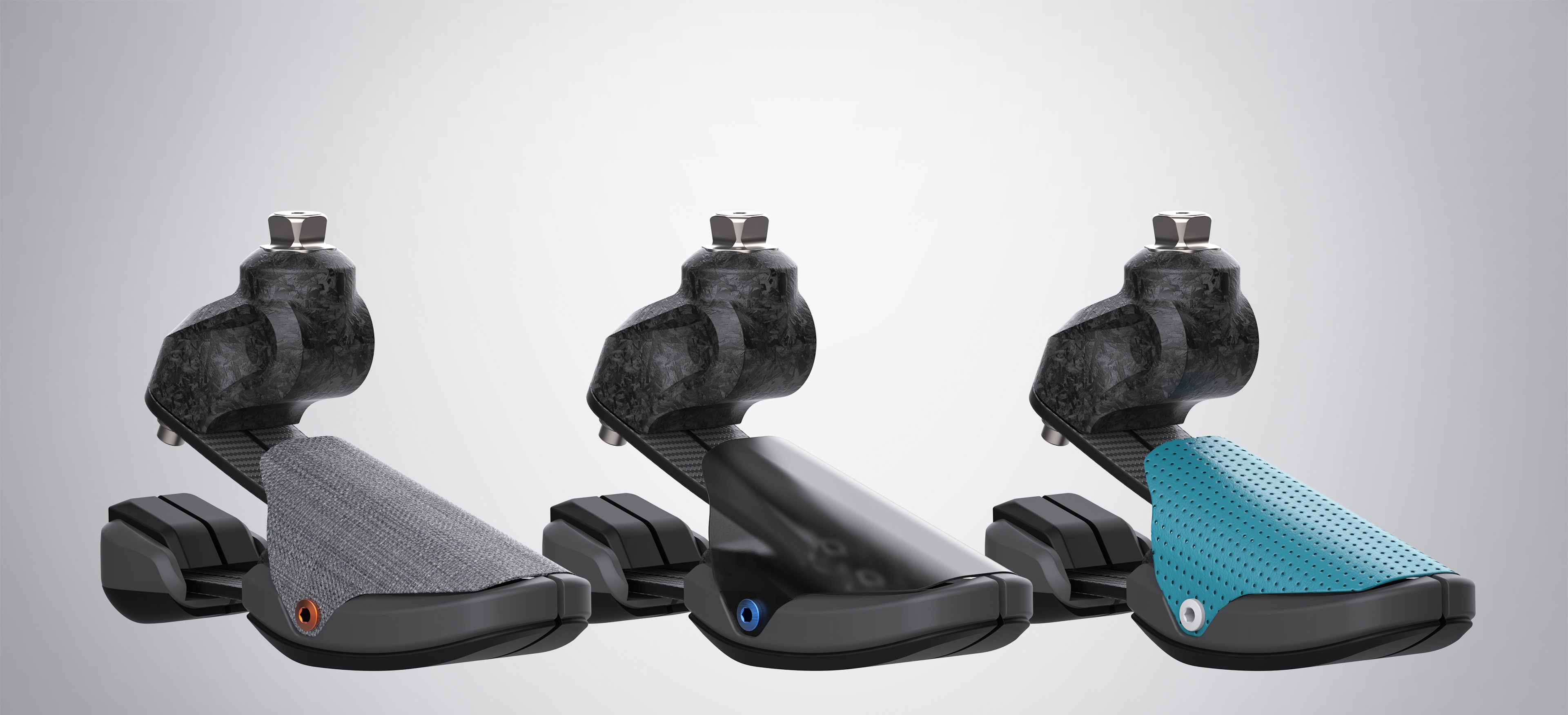Whiffle, a Delft University of Technology spin-off, has successfully developed cutting-edge technology for highly accurate, localised weather forecasting. Thanks to a €3 million capital injection from impact investors ENERGIIQ and SHIFT Invest, the company will now be able to expand and achieve rapid growth. Global leaders in the renewable energy sector are already using Whiffle’s model.
Weather models on graphic processing units
Following developments at Delft University of Technology over a period of many years, Whiffle was founded by Harmen Jonker and Remco Verzijlbergh in 2015 as a spin-off from the TU Delft with Delft Enterprises B.V. as early investor. The company offers several advantages over conventional meteorological services, not least the ultra-high resolution of its forecasts. Whiffle runs the calculations of its weather model on graphic processing units (GPUs), allowing local turbulence and underlying processes and conditions in the atmosphere to be captured in greater detail.
Optimised by artificial intelligence and machine learning, this is the world’s first operational weather model based on Large Eddy Simulation (LES). Whiffle can therefore provide its customers with very fast and accurate weather forecasts that account for various factors such as the local effects of hills, buildings and windmills. Although the technology can help boost efficiency in many sectors, Whiffle is currently focusing on the renewable energy market. Whiffle CEO Harmen Jonker says: “We can use this investment to further grow the company and bring our weather model to market in a number of sectors. In recent years, we have been working hard to refine the technology and make it easy for customers to use. We are now seeing a significant increase in commercial interest.
This investment will allow us to expand even faster and continue to improve our model in the coming years.”
Accelerating the energy transition
Whiffle’s highly advanced weather model makes renewable energy production more predictable. The technology is of great value to the energy sector because better forecasts reduce the costs of weather risks. More accurate weather forecasting lowers imbalance prices for energy companies, for example, which has a direct effect on their margins. The model can also be used to optimise the configuration of wind farms and better predict future energy yields. This could result in higher yields and lower financing costs. Weather forecasts and wind simulations are of crucial importance to various players in the sector, including energy traders, wind farm owners and developers. The model offers great opportunities in other areas as well, from aviation to agriculture and from shipping to better air pollution forecasting.
Funding
The capital injection is financed by impact investors SHIFT Invest and ENERGIIQ.




